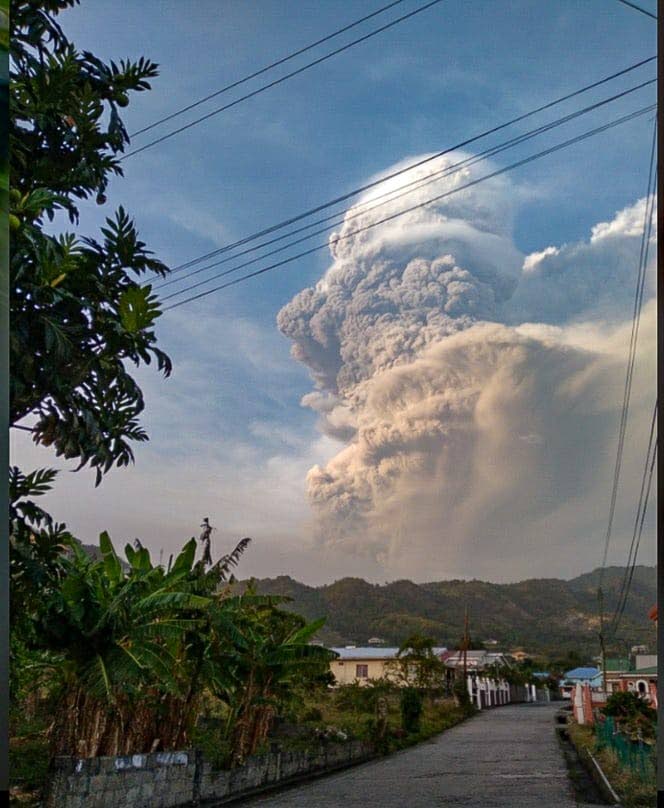Island economies vulnerable to natural disasters

The explosive situation in St Vincent and the Grenadines brings home the vulnerability of island economies to natural disasters. It points to the need for a sustainable plan to fund reconstruction, strengthen infrastructure and to allow the region as a whole to better brace for the impact of these eventualities.
It is not every day that a volcano erupts. Still, the history of La Soufriere is one written in ash and blood. Far from being dormant, it has long been active with several eruptions, and thousands killed, over the course of centuries.
The need to have funding in place to deal with such catastrophes is all the more urgent given how they seldom effect only one island or one group of people. Always, there are regional implications, whether directly or indirectly.
Giant ash plumes have carried hazards over to Barbados and Grenada. As much as a volcano, in safer times, is something of a tourism novelty, it should also be noted that events like this one do considerable damage to tourism economies by disrupting the basic functions of society and also posing huge risks to the well-being of people in the long run.
Leaders will have to factor this into the equation. The response should not only be limited to addressing short-term needs.
Before the eruptions, which were being anticipated for some months now, St Vincent and the Grenadines prime minister Ralph Gonsalves had announced a special economic stimulus plan to the tune of EC $70 million given the impact of the covid19 pandemic.
Those plans will now have to be diverted and possibly expanded to include even more aggressive measures to address both short-term and long-term needs. Even deeper collaboration with international agencies is required, but also with regional partners who have a stake in the country’s recovery.
The World Bank has already disbursed US$20 million to support the island’s response to the crisis. The United States Agency for International Development (USAID) has also provided funds for relief efforts. But the island may have to borrow more to rebuild.
It will have to do so mindful of the fact that the effects of the latest eruptions are likely to linger for months if not years. And it will also have to bank on the possibility of further disasters, such as hurricanes.
Whether St Vincent and the Grenadines will be able to rise from the ashes remains to be seen. There’s little doubt that it will be a long, hard road since the island’s agriculture sector is effectively wiped out. Make no mistake: this affects regional and trade since the country exports food crops and raw materials to countries like TT.
Hurricanes, earthquakes, climate change add to the threat.
“This is an existential threat to us,” warned Barbados’ prime minister Mia Mottley in 2019 at a global, UN Trade Forum in Geneva. “This one literally stands to create nations and to create climate refugees and to not act will be criminal.”
On these issues, Caricom must assert a united voice on the international stage.

Comments
"Island economies vulnerable to natural disasters"